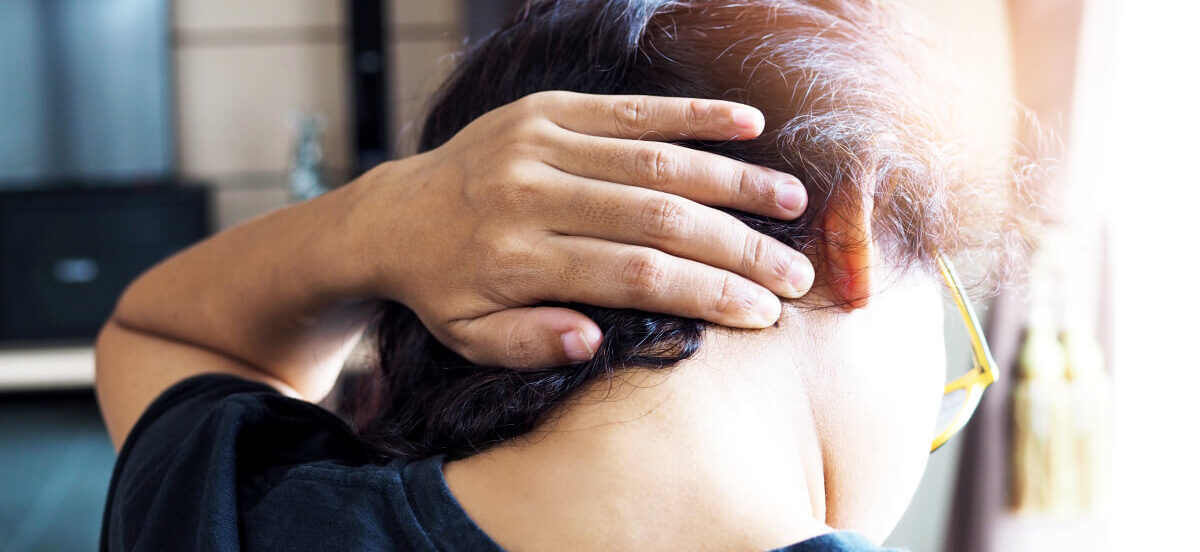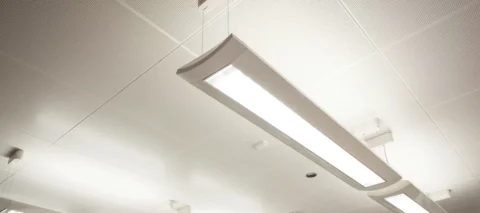Botox is a well-known anti-aging treatment that also works for some medical conditions like hyperhidrosis, strabismus, and other diseases that involve muscle contractions. But what some don’t know is that this treatment is also recommended for patients that experience occipital migraine but can’t find relief in traditional treatment methods.
So how do Botox injections treat occipital migraines? Botox is an effective treatment for occipital migraines because it decreases the inflammation of the affected nerve and blocks the neurotransmitters that carry pain signals produced by the brain. Patients may still experience some occipital neuralgia pain, but the frequency and intensity of the migraine headaches are greatly reduced.
Treating Occipital Migraines with Botox Injections
Botox injections by Allergan are popular for erasing fine lines, wrinkles, and other kinds of dynamic wrinkles, but this neurotoxin injectable is more than just a cosmetic wonder. This treatment is also a great solution for chronic migraine with patients experiencing a reduced migraine headache frequency and intensity for 3 months.
Because of its effectiveness in treating chronic migraine, many patients are also interested in knowing whether this injectable treatment is effective in reducing the symptoms of occipital migraines and other types of headaches. To understand how this procedure provides relief for patients, it’s important to know more about the health condition first and how Botox works.
How It Works
Occipital neuralgia (or occipital migraine) refers to the condition in which patients experience radiating pain at the top and the back of their head. Unlike chronic migraines that are easily triggered by a lot of different factors, occipital neuralgia is caused by a tight muscle or pinched nerve in the area. It may also be a result of a neck or head injury that didn’t receive proper treatment.
Most of the treatment methods for occipital neuralgia like heat therapy, oral medications, and nerve blocks focus on alleviating the pain caused by the pinched nerve and muscle tightness. They’re not a permanent cure, but they’re enough to improve the quality of life of most patients.
Botox injections work by blocking the pain signals from the brain so it doesn’t reach the muscles and pain receptors around the head and neck. It also decreases the inflammation of the affected nerve cluster so patients have long-lasting pain relief from occipital migraines.
Botox’s Effectiveness in Treating Migraine
According to a 2008 study, patients experience a significant reduction in the sharp or shooting pain associated with occipital neuralgia after taking Botox injections in the treatment areas around their head and neck.
They felt relief during most of the trial period, except through weeks 3 to 4 and weeks 5 to 6. Their quality of life also improved from the 6th week of the trial period through the 12th week when the Botox injections started becoming ineffective.
Recommended Injection Sites for Occipital Migraine
The doctor decides on the best injection sites for the patient after the consultation, but this headache treatment usually includes 31 injections that require 5 units of Botox per injection. This brings the total number of Botox units needed to 155. The best injections sites are likely to include the trigger points in the:
- Forehead
- Temples
- Back of the head
- Upper back
- Upper neck
- Upper bridge above the nose
Results to Expect
Botox injections are essentially painless. Most patients only experience a small sting as the needle pierces the skin, but providers may offer a topical anesthetic or ice pack to numb the treatment area and make the procedure more bearable. The entire migraine treatment only takes less than an hour to complete and patients may return to their daily activities within the same day.
It usually takes several weeks and multiple treatment sessions before patients feel relief from the occipital headache symptoms. It’s also important to remember that the procedure won’t stop the migraines for good, but reduce the intensity and number of migraine headache days per month instead.
Although Botox injections are effective in treating occipital migraine, the results of the neurotoxin may start fading after a few months. Around this time, patients may feel their migraines and other associated symptoms returning. The good news is that patients may still get additional Botox injections to keep their migraine episodes under control for longer.
Possible Side Effects to Know About
Botox injections aren’t recommended for patients who are nursing or pregnant, as well as those who are allergic to the proteins found in cow’s milk. They might experience serious side effects and complications so it’s better to find a better treatment of migraines that suits them.
Like most injectable treatments, Botox is safe and effective as long as it’s administered by a qualified doctor or injector. However, it’s still possible for patients to experience mild and common side effects like headaches, drooling, droopy eyelids, dry eyes, swelling, pain, and redness. These symptoms usually subside after a few days, but make sure to call a doctor immediately if they worsen or persist.
In rare instances, the botulinum toxin may also accidentally spread to the surrounding area of the injection site. Some of the signs that this happens include vision problems, trouble speaking or swallowing, overactive bladder, difficulty breathing, and muscle weakness.
Is Botox for Occipital Migraines Right for You?
Occipital migraines are easily confused with other types of headache disorder, so it’s best to visit a doctor and get a proper diagnosis. The headache specialist may recommend Botox treatments for patients with good overall health who want to experience long-lasting pain relief from the symptoms of occipital migraine.
Other Treatments for Occipital Migraines

While botulinum toxin is an effective way to reduce the symptoms of occipital migraine, it might not be the best option for some patients. Luckily, there are a few other ways for them to alleviate the head and neck pain caused by a pinched nerve endings in the occipital area. Here are some alternative and preventive treatment methods for occipital migraine:
1. OTC Pain Relief Medications
One of the reasons why patients feel pain at the back of their head is because of the inflammation around the muscles and blood vessels that irritate the occipital nerves. Common anti-inflammatory medications like ibuprofen are effective for nerve pain management, but they may be accompanied by certain side effects like heartburn, abdominal pain, constipation, and nausea.
2. Prescription Drugs
If over-the-counter medications aren’t enough to relieve the migraine pain, doctors may prescribe a stronger migraine medication like antidepressants and muscle relaxants to take the pressure off the nerves. However, they come with a long list of side effects so prescription drugs should be taken with caution and only as the physician directed.
3. Steroid Injections
Steroid injections like occipital nerve block injections are another effective way to stop the pain signals from the brain and numb the affected nerve root. They’re more invasive than oral medications, so doctors only recommend them when all else fails. Patients who had steroid injections for occipital neuralgia may experience pain relief for up to a year.
4. Surgical Procedures
Occipital nerve stimulation and spinal cord stimulation are 2 types of surgical procedures for alleviating the severe pain caused by the pinched occipital nerve. It involves placing stimulating electrodes near the occipital nerves or between the vertebrae and spinal cord.
Ethos Spa: The Trusted Center for High-Quality Botox Treatments
At Ethos Spa, we are dedicated to providing the best aesthetic and wellness treatments for our patients using advanced cosmetic technologies in our state-of-the-art facilities. We are the premier center for Botox injections in New Jersey, providing you with customized treatment plans and helping you achieve your desired results safely and effectively.
Call us now to book an appointment with our expert injectors today.
Learn More: Why Do Botox Treatments for Migraine Backfire?







